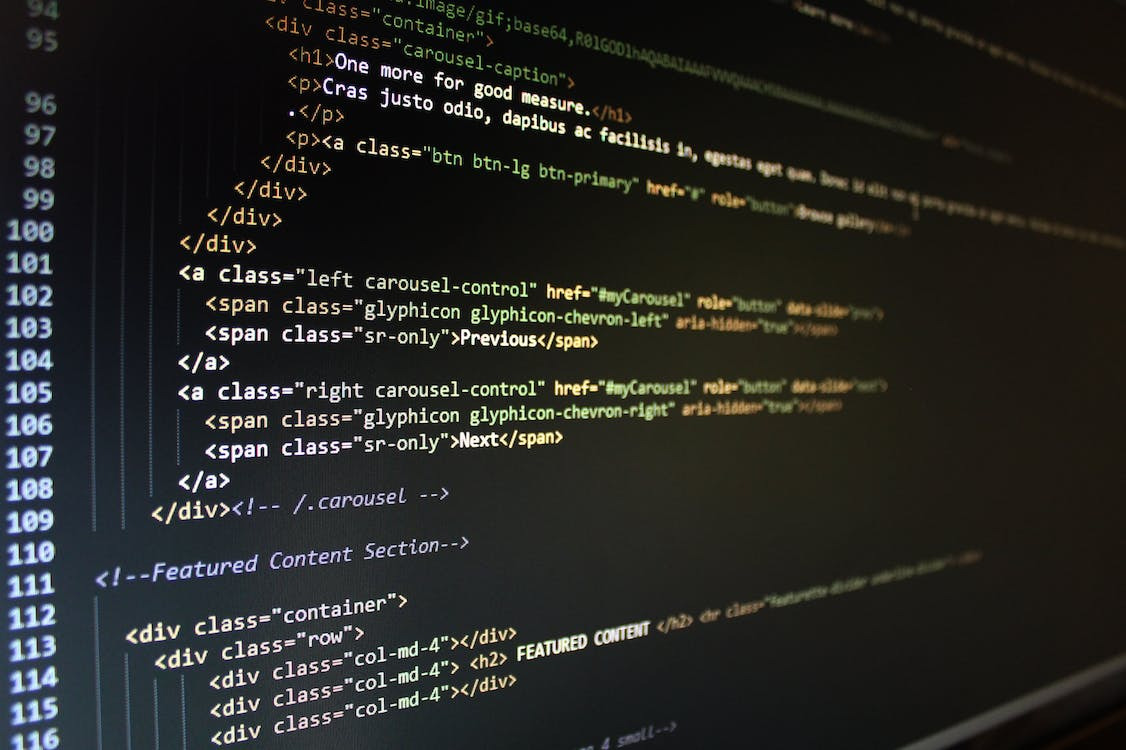Programming languages are an indispensable part of Information Technology. The ability to use them is essential for any profession in this industry. Therefore, understanding the features and types of these languages is necessary.
You may have heard of popular languages like Python or Java. But do you know which paradigm they belong to?
This post will give you more insights into the world of programming languages.
The classifications of programming languages are based on many factors. Commonly, it’s the core features and function of a tool. Let’s discover the five primary programming paradigms in the sections below.
| Type | Application | Examples |
|---|---|---|
| Procedural | Instruct computers to perform tasks | C, C++, and Pascal |
| Functional | Handle symbolic computation | Scala and Elixir |
| Object-Oriented | Handle large and complex projects | Java, Python |
| Scripting | Build apps and websites | PHP and Per |
| Logic | Represent knowledge | ASP and Datalog |
1. Procedural Languages
Another name for this category is imperative programming. These languages feature a sequence of commands and statements. These elements help users achieve an intended output.
They are a list of numerous instructions. Users can use these elements to tell the computers what to do. Each series in this sequence is a procedure.
A product written in these languages usually has at least one procedure. Most early languages developed fall into this category. Some popular procedural languages are C, C++, and Pascal.
They are excellent tools for programming with general purposes. The plus points of these tools lie in their simplicity and ease of use. Plus, there are many resources on these languages available for learners.

2. Functional Languages
These languages help you build your own style of programming. They don’t focus on executing statements, but they produce the output using mathematical tools.
The resources of these languages are functions. Each function features a unique module of code. You can reuse this module to perform tasks and get results.
The data you insert into the function will change the outcome. This solution helps users avoid mutable data problems. You can imagine these systems as trees with multiple branches.
3. Object-Oriented Languages
Most popular languages nowadays fall into this category. They treat programs as a set of objects. The objects consist of program elements and data (methods and attributes).
This feature is suitable for coding complex applications. Users can reuse the code and scale them easier. Meanwhile, the objects use passing messages to connect with each other.
These tools are effective if you want to build large and complex programs. Plus, you can frequently update and maintain the software.
The applications of these languages are also wide. They range from mobile apps to design and manufacturing. It’s this feature that makes object-oriented languages popular.

4. Scripting Languages
The main use of this categorization is to automate tasks. It’s highly efficient for repetitive tasks and larger apps. You can also use these languages to manage dynamic websites.
Most scripting languages are easy to learn. They can interact with various tools and platforms. You don’t need much IT knowledge to learn the basics of this tool.
5. Logic Languages
These languages have their root in mathematical logic. Their statements give rules and facts about different problems. The rules are written in the form of logical clauses. They have two components: a body and a head.
Logical languages don’t need step-by-step instruction. Users will tell them their intention. Then, the systems will try to sort out possible solutions to achieve that outcome.
Therefore, logical languages can express knowledge in a declarative approach. They don’t require the implementation to run. This feature makes programs more flexible and lighter.
Other Ways to Classify Programming Languages
Some mentioned examples are popular categories of programming languages. Plus, there are some other methods to classify these tools. The section below will bring you more insights.

1. Front-End vs. Back-End
Front-end tools focus on the “user” aspects of an application. For example, they handle the texts and images you see on a website. Other components like buttons and colors are also created by this variety.
Therefore, front-end languages are the favorite tools of designers. They can help you a lot in designing graphic or digital art. Some popular front-end languages are React and CSS.
Meanwhile, back-end tools deal with the things going on behind the screen. They are the operation and storage of the software’s server. Users don’t contact these components.
Their main purpose is to support users’ experience on the screens. For this reason, most software engineers use back-end languages. They can help with scripting and communication between apps.
Some examples of back-end languages are JavaScript, PHP, and Ruby.
2. High-Level vs. Low-Level
Each language features a unique difficulty. This scale is based on how easily humans and machines can read and write it. Some languages are much simpler for humans to use. Thus, they are called high-level languages.
Low-level tools are more complex and suitable for machines. They feature efficient memory usage. The setback is that they are not friendly to humans.
For this reason, low-level languages have gradually become less popular. Nowadays, the most popular languages used by professionals are high-level ones. They help users write and debug with much less effort.
3. Interpreted vs. Compiled
You can compile interpreted and compiled languages based on their operation. It’s the way the tool converts codes and makes them readable for users. The first category uses an interpreter to convert codes.
This interpreter makes the language more flexible. It also increases the tool’s independence on a platform. Some popular examples in this category are Python and Ruby.
Meanwhile, compiled languages feature a build process. They usually convert the whole program into codes. This method is faster. Yet, users have to build the program again to modify it.
Some popular examples of compiled tools are C, C++, and Rust.

Final Thoughts
Popular tools like Python or C are just a tiny part of the programming world. There are plenty of languages and types you haven’t heard of. Each carries its own features, rules, and applications.
Given their massive scales and numbers, it’s impossible to master all languages. Therefore, you should start with simple tools like Python or Java. They will help you build foundational knowledge in programming.
Thank you for reading!
